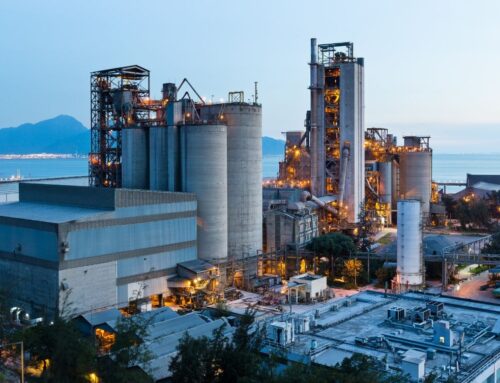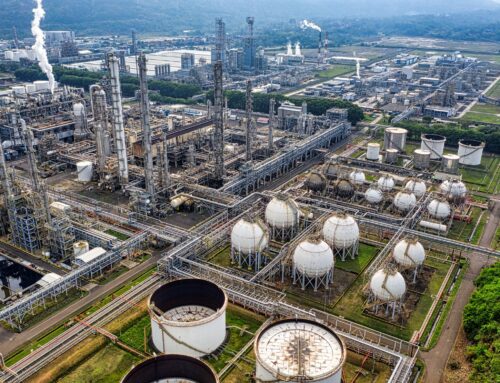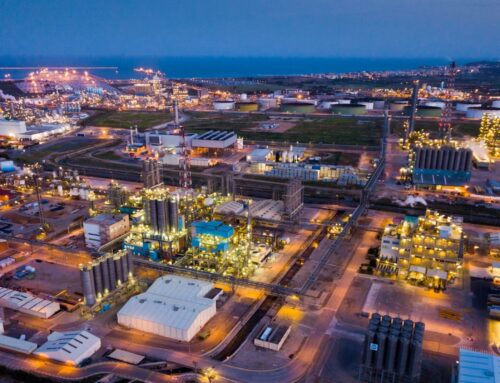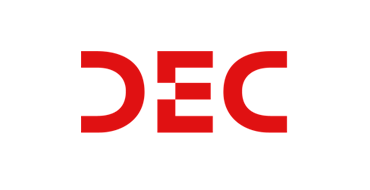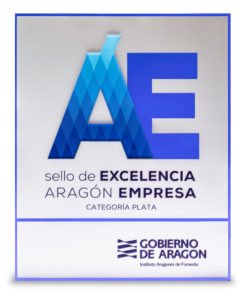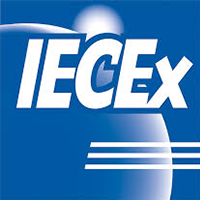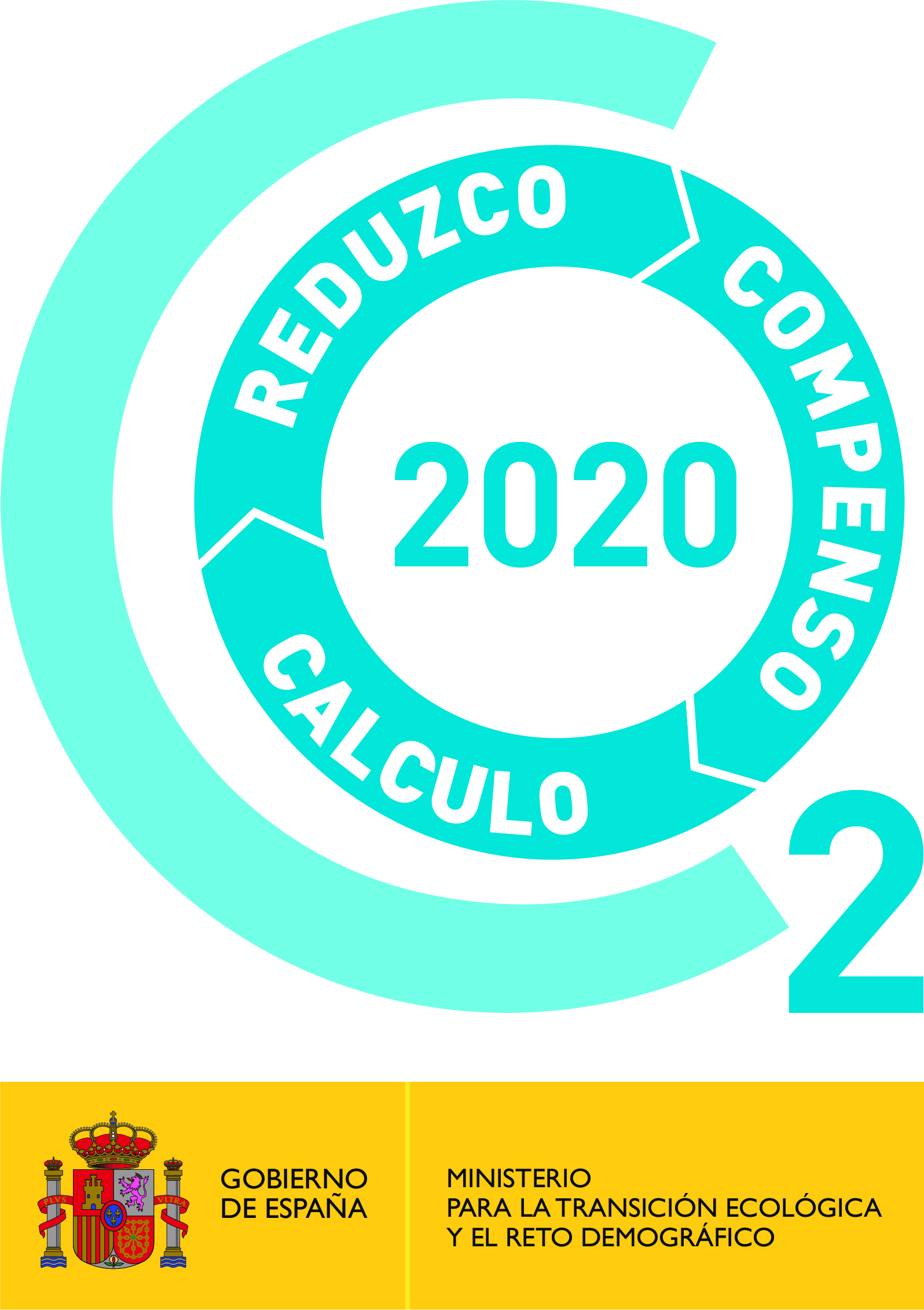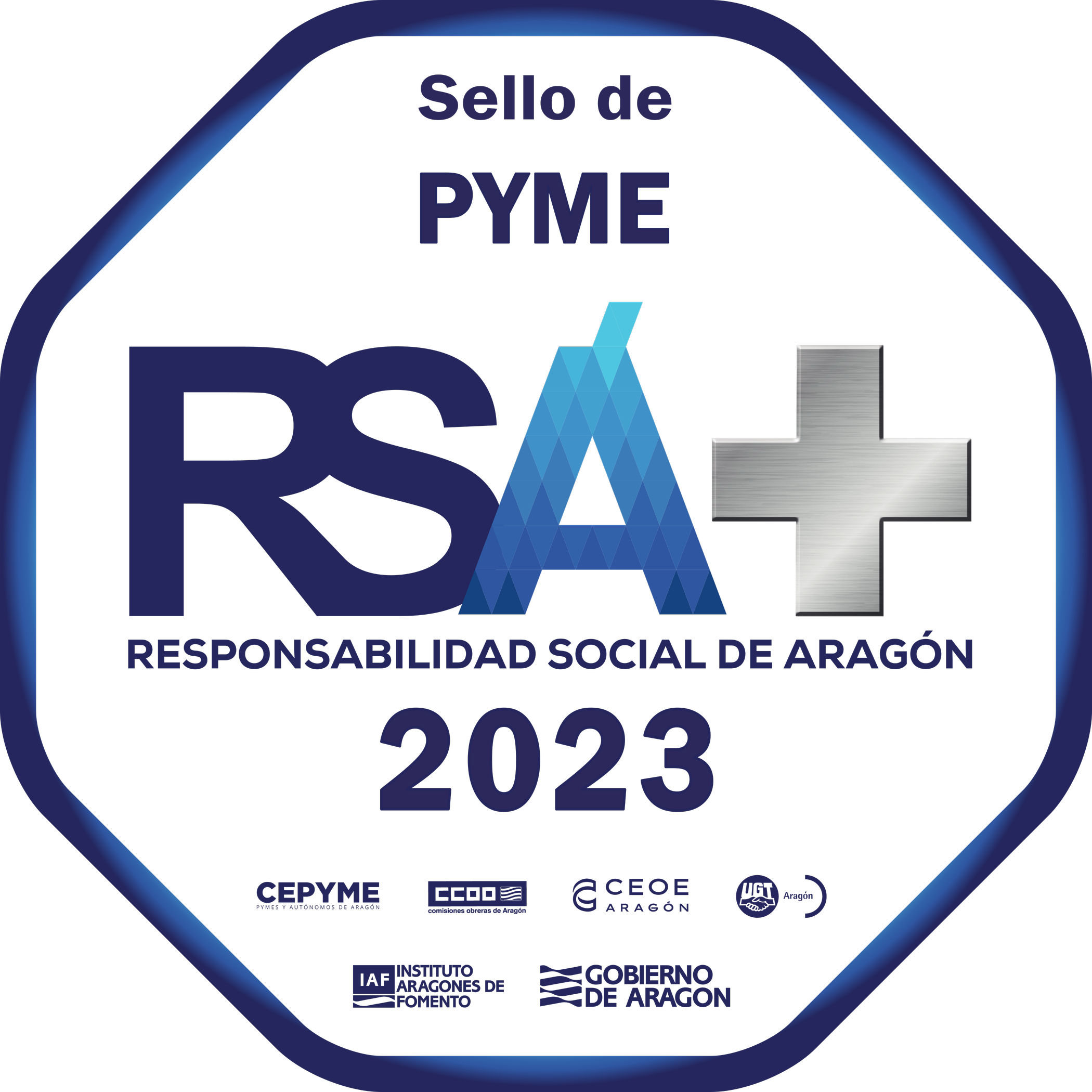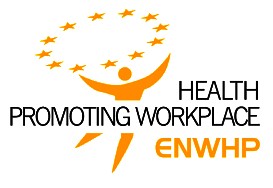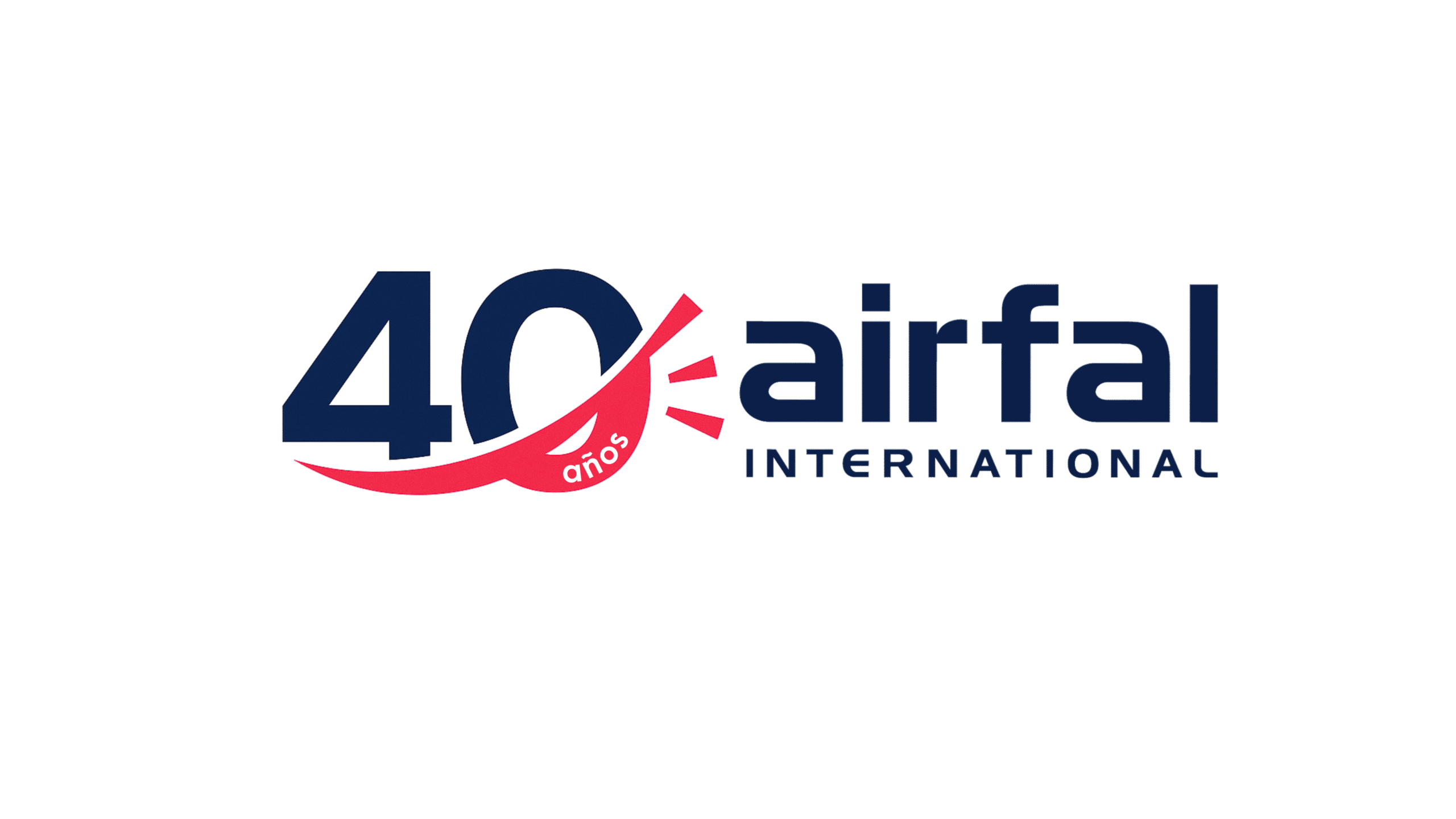Explosive atmospheres pose a critical challenge in industrial sectors such as chemical, petrochemical, pharmaceutical, and port operations. Choosing the right lighting in these environments is not only a regulatory requirement but also a key factor in ensuring safety and operational efficiency.
In this article, we cover the fundamental principles of explosive atmospheres, the classification of ATEX zones, and the key criteria for selecting certified luminaires. We also explain how a lighting study using ATEX luminaires can enhance safety, energy efficiency, and regulatory compliance through advanced solutions like those offered by Airfal.
Definition of an Explosive Atmosphere
An explosive atmosphere occurs when a mixture of flammable substances (gases, vapors, mists, or combustible dusts) reaches a concentration that, combined with the presence of oxygen and an ignition source, can trigger an explosion.
The three elements of the explosion triangle determine the likelihood of a catastrophic event:
- Flammable substance: gases, vapors, or combustible dusts present in the environment.
- Oxygen: in a concentration sufficient for combustion.
- Ignition source: electrical or mechanical sparks, electric arcs, static electricity, short circuits, overheating, or open flames.
To mitigate risks, the use of ATEX-certified electrical equipment and luminaires is mandatory in classified areas with explosion hazards.
ATEX Zone Classification and Luminaire Selection
ATEX zones are defined based on the frequency and duration of the presence of explosive atmospheres:
-
Zone 0 and 20: continuous presence or long periods of explosive atmospheres. Luminaires with Ex Zone 0 protection are required.
-
Zone 1 and 21: occasional presence, though likely under normal operating conditions. Lighting with Ex db or Ex eb certification is recommended, such as the Pyros family of luminaires from Airfal.
-
Zone 2 and 22: occasional and short-duration presence. Luminaires with a lower level of protection can be used, but they must always be ATEX certified, like Airfal’s Hipex, Glassex, or Secure models.
To ensure a safe and efficient installation, it is essential to carry out a lighting study using ATEX-certified luminaires that validates regulatory compliance and the suitability of the installed devices. In this regard, Airfal offers expert guidance and customized studies for each type of industry.
Lighting in Explosive Atmospheres: Key Considerations
- Mitigating Ignition Sources in Luminaires
Conventional luminaires can pose risks in ATEX environments. The technical design of an ATEX luminaire must take into account:
-
Surface temperature (T-Class): limitation of maximum temperature to prevent the ignition of gases or combustible dusts.
-
Resistance to impacts and mechanical stress, as well as durability.
-
Degree of protection (IP66/67/68/69): prevents the ingress of dust, moisture, or explosive gases (protection by enclosure).
-
Protection against electrostatic discharge: especially critical in environments with combustible dust.
2. Energy Efficiency and Maintenance in ATEX Zones
Optimizing lighting in ATEX environments is not only a safety measure but also an operational efficiency strategy. Key factors include:
- Use of ATEX-certified LED technology: reduced energy consumption and minimized heat dissipation.
- Efficient distribution of light points: improved visibility without increasing the number of luminaires.
- Predictive maintenance and remote monitoring: fewer interventions in hazardous areas through the use of sensors and IoT systems.
Airfal luminaires are designed to reduce energy consumption and simplify maintenance in ATEX zones, ensuring a durable and efficient installation. In addition, we offer Atenea, the only wireless lighting control and monitoring solution certified for ATEX environments.
ATEX Lighting Consulting and Studies
Having a lighting study carried out with ATEX-certified luminaires is essential for identifying deficiencies and optimizing lighting in classified zones. It ensures regulatory compliance, enhances operational safety, and reduces maintenance costs.
In addition, ATEX consulting and training provide the knowledge and application of current regulations to ensure safety in industrial facilities.
At Airfal, we offer ATEX lighting studies, as well as ATEX consulting and training, to help companies comply with regulations and improve safety in industrial environments. ATEX lighting safety is our priority, and at Airfal we drive innovative solutions to protect your company and your team.
To learn how to improve safety and lighting performance in your industry, visit www.airfal.com or contact our ATEX lighting specialists.




